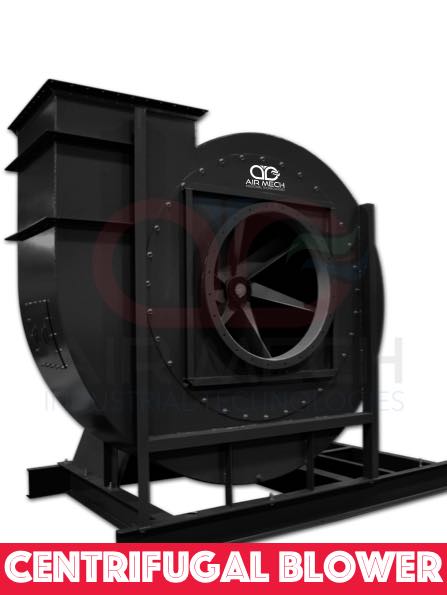What are Welding & Soldering Fumes?
Welding and soldering fumes are hazardous airborne particles and gases produced during the welding and soldering processes. These fumes consist of various metal oxides, gases, and particulates that are released when metal surfaces are heated and melted. The composition of welding and soldering fumes depends on factors such as the type of metal being welded or soldered, the welding process used, the presence of coatings or contaminants on the metal surfaces, and the temperature at which the welding or soldering is conducted.
Welding fumes typically contain a mixture of metal oxides, such as zinc oxide, iron oxide, chromium oxide, and manganese oxide, as well as gases like ozone, nitrogen oxides, carbon monoxide, and ozone. Soldering fumes, on the other hand, primarily consist of metal particulates, flux residues, and volatile organic compounds (VOCs) released from the solder alloy and flux materials.
Exposure to welding and soldering fumes can pose significant health risks to workers, including respiratory irritation, lung damage, metal fume fever, and long-term respiratory diseases such as chronic bronchitis and lung cancer. The toxicological effects of welding and soldering fumes depend on factors such as the concentration and duration of exposure, the composition of the fumes, and individual susceptibility factors such as age, pre-existing health conditions, and smoking status.
To protect workers from the hazards of welding and soldering fumes, it is essential to implement effective ventilation systems, such as fume extractors and local exhaust ventilation (LEV) systems, to capture and remove airborne contaminants at the source. Personal protective equipment (PPE), including respirators and protective clothing, should also be provided to workers to minimize direct exposure to fumes. Additionally, engineering controls, administrative controls, and proper training and education are essential components of a comprehensive fume control program to ensure the safety and health of workers in welding and soldering operations.
Health Risk of Welding and Soldering Fumes?
Exposure to welding and soldering fumes can pose various health risks to workers due to the hazardous substances present in the fumes. Some of the key health risks associated with welding and soldering fumes include:
Respiratory Irritation: Welding and soldering fumes contain airborne particles and gases that can irritate the respiratory tract, leading to symptoms such as coughing, wheezing, shortness of breath, and chest tightness.
Metal Fume Fever: Inhalation of certain metal fumes, such as zinc, magnesium, and copper, can cause metal fume fever, also known as “welder’s fever” or “brass founders’ ague.” Symptoms include fever, chills, headache, muscle aches, fatigue, and nausea.
Lung Damage: Prolonged exposure to welding and soldering fumes, especially those containing metal oxides and other toxic compounds, can cause damage to the lungs, leading to respiratory conditions such as bronchitis, pneumonitis, and pulmonary fibrosis.
Respiratory Diseases: Chronic exposure to welding and soldering fumes has been linked to the development of long-term respiratory diseases, including chronic obstructive pulmonary disease (COPD) and lung cancer.
Occupational Asthma: Inhalation of certain fumes, such as those from stainless steel welding, can trigger occupational asthma, an inflammatory lung condition characterized by wheezing, coughing, chest tightness, and shortness of breath.
Neurological Effects: Some components of welding and soldering fumes, such as manganese and lead, can affect the central nervous system and lead to neurological disorders, including tremors, cognitive impairment, and Parkinson’s disease-like symptoms.
Cardiovascular Effects: Studies have suggested that exposure to welding fumes may increase the risk of cardiovascular diseases, including heart attacks and stroke, due to the inflammatory and oxidative stress effects on the cardiovascular system.
Reproductive Effects: Certain metals found in welding fumes, such as lead and cadmium, can have adverse effects on reproductive health, including reduced fertility, miscarriage, and birth defects.
Actions for safety from Welding and soldering fumes?
it is essential for employers to implement effective control measures, such as ventilation systems, fume extractors, proper work practices, and employee training, to minimize workers’ exposure to welding and soldering fumes. Regular monitoring of air quality and health surveillance programs can also help identify and address potential health hazards in the workplace.




